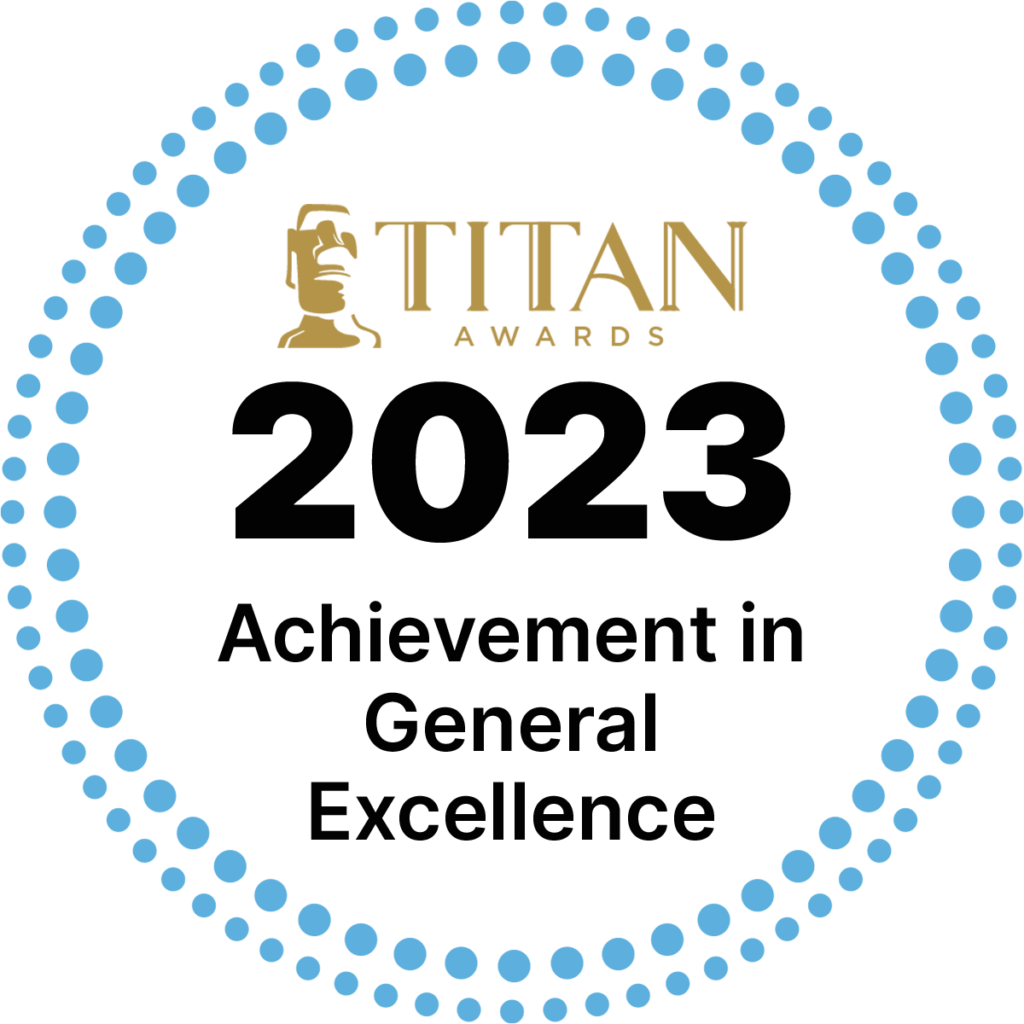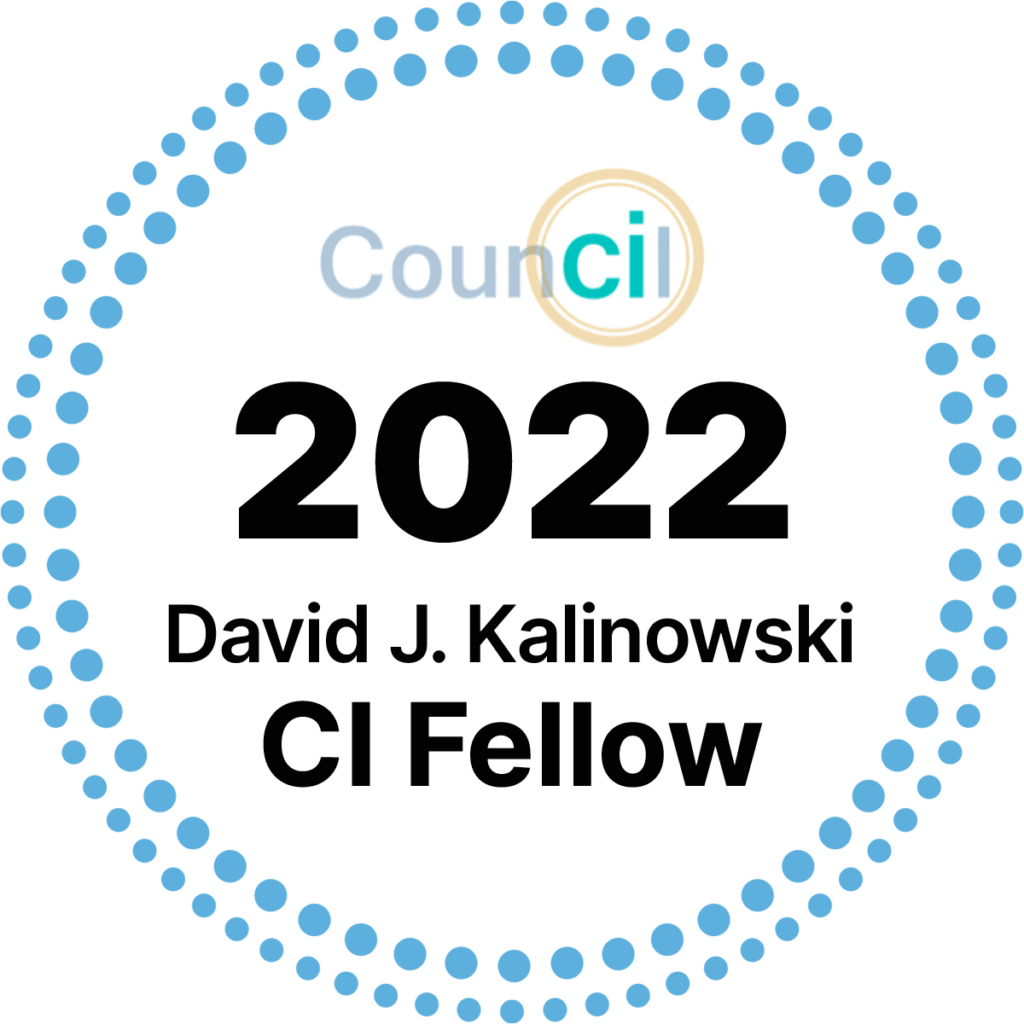
David Kalinowski
President and Co-Founder
Proactive Worldwide, Inc
Published: October 16, 2025

For years, executives have asked me the same question in one form or another:
“How do I prove that Competitive Intelligence is worth the investment?”
It’s a fair question. CI often delivers its biggest wins behind the scenes by shaping decisions, avoiding risks, and accelerating time to market. Yet these outcomes don’t always show up neatly on a financial statement.
That’s why we created ROCI® — Return on Competitive Intelligence.
It’s not just a framework. It’s a mindset.
As I’ve shared in prior ROCI® articles, you can’t manage what you don’t measure, but you also can’t measure what you don’t define. ROCI® gives leaders a structured way to connect insight to impact, and impact to outcomes that matter.
Step 1: Identify Metrics That Matter
Every organization measures success differently.
For some, it’s revenue growth, win rates, or market share.
For others, it’s cost avoidance, profitability, faster decisions, or improved productivity.
But here’s the key — you need to know this before the project even starts.
At the start of every CI engagement, ask the end stakeholder:
“By what metric(s) will you know this deliverable added value?”
The answer will vary by person, function, product line, business unit, or region, and that’s okay. The goal is alignment. When you clarify what “value” means to them, you can tailor your intelligence effort to deliver against it. Avoid working on things that won’t add value. You are not in the nice-to-know business!
When CI improves the outcomes executives already care about, attention and investment follow.
Step 2: Assess Impact
The true test of CI is not activity, but influence.
This is where stakeholder input is critical. They’re the ones who must assess how the intelligence impacted their decision (directly or indirectly) and whether it met the success measures they defined upfront.
If they don’t provide that feedback, it’s on us to make defendable, believable, and reasonable assumptions about the value created. Document the qualitative value. Quantify it when possible. Support it with logic and evidence.
Now, let me put it this way:
Imagine you’re a chef, whipping up the perfect dish.
You’ve sourced the finest ingredients, mastered your technique, and plated it like a work of art. You take a step back, admire your masterpiece, and confidently send it out.
But here’s the kicker — you don’t get to decide if it’s a hit.
That’s up to the diner!
And here’s the twist: you don’t know exactly what they’re looking for. Maybe they hate cilantro. Perhaps they wanted more spice. If I order a steak, the chef doesn’t get to come out and tell me I love it. I decide if that 6-oz petite filet was worth $50, and I’ll judge it based on what matters to me: the temperature, the seasoning, the service, and the ambiance.
The same goes for Competitive Intelligence. You can deliver the most insightful, beautifully researched analysis, but your work might be pushed aside like an overcooked steak if you don’t understand what your client or stakeholder values or how they define success.
At Proactive Worldwide, we measure both direct and indirect impact, from tangible ROI (like savings, growth, or time reduction) to softer but equally powerful outcomes like speed, confidence, and clarity in decision-making. As one client once said, “CI helped us make the right call faster, getting us to market ahead of others, and that alone paid for the program.”
Step 2.5: Applying the Math
To figure out ROI, the formula is simple:
(Benefits – Costs) ÷ Costs × 100%
The easy part is calculating the costs — your project expenses, analyst hours, tools, and resources.
The harder part? Quantifying the benefits.
Let’s say your CI work (understanding the competitor’s GTM strategy, pricing, discount structure, value prop, differentiators, etc.) helped the sales team, at a minimum, indirectly win a $10 million deal.
Your total cost to deliver that work was $50,000.
And the sales leader attributes 10% of the win to the CI team, then plug that in:
($1,000,000 – $50,000) ÷ $50,000 × 100 = 1,990% ROI
Now, maybe someone says, “That’s inflated.” Fine — cut it in half.
That’s 950%.
Cut it in half again — it’s a 475% return.
It’s still a big number.
And that’s just one project.Now imagine tracking this kind of analysis across every engagement throughout the year.
That’s when the value of CI becomes undeniable.
Step 3: Deliver & Report
If intelligence delivers value but no one sees it, it didn’t happen.
This is where storytelling and visibility matter.
Share wins broadly and frequently — quarterly, annually, by region, by function.
Don’t just hand over data; tell the story of impact.
For example:
“Because of early-warning tracking, we adjusted our go-to-market plan to launched two quarters sooner, adding $4.2M in in new revenue.” Stories like that build credibility. They transform CI from a background process into a recognized strategic partner.
Step 4: Build a CI Culture
The real magic happens when everyone owns intelligence.
When marketing, sales, strategy, and R&D all see CI as their tool for winning, the organization becomes smarter, faster, and more adaptive.Culture isn’t built overnight, but through consistent education, recognition, and leadership support, CI evolves from “project” to practice — part of how the enterprise thinks and competes.
The Bottom Line
You can’t rely on instinct alone and just hope leadership sees your value.
Measuring and communicating the value of CI through ROCI® ensures your team’s impact is visible, credible, and scalable.
And if someone tells you, “This isn’t really an ROI framework,” tell them they’re right.
It’s not ROI — it’s ROCI.
Just like Return on Equity or Return on Assets, Return on Competitive Intelligence is a new metric designed for a new mandate: proving the value of insights that drive smarter, faster, more confident decisions.
Because when leadership can clearly see how CI drives revenue, speed, and confidence, the question stops being “Is CI worth it?”
And becomes:
“How can we do even more of it?”

















